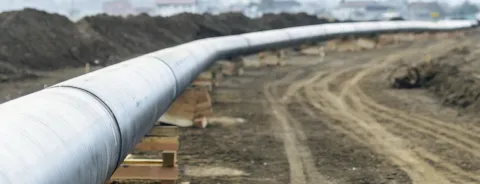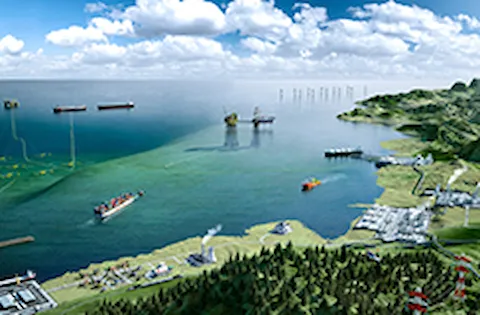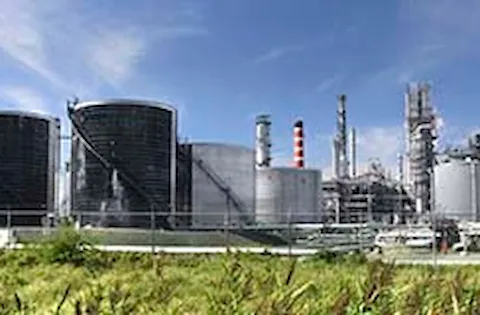The multiple dimensions of Asset Performance Management
The natural gas industry is an example of where it is both a fuel of the present and widely accepted as a transition fuel in the quest for a carbon-neutral future. In this role it has the spotlight upon its performance. Performance here is defined on multiple dimensions. The challenge is to reliably deliver critical energy to industry and domestic users in a safe and sustainable way. This is set in a social environment where the public have a heightened awareness of the industry.
Zero tolerance
There is a zero tolerance of loss of containment incidents and a consciousness of carbon emissions in production, delivery and usage. This is recognized by industry executives, including National Grid’s Chief Executive, John Pettigrew, who states “I believe strongly that society now demands more from business than ever before”. Success in balancing these challenges is the definition of attaining sustainability as individual businesses and as an industry.
Long established principles and practice
The principles and practice of Asset Performance Management (APM) are long established and adopted across the broad spectrum of asset intensive industries. However, in a rapidly changing business climate driven by environmental concerns and technological enablement, it is fair to ask if it is still effective? Should we be assessing if it goes far enough in its objectives? Conventionally it has focused upon “Performance” defined by availability of the asset, safety and cost efficiency. How we measure performance is changing and goes beyond this limited scope.
Umbrella term
APM has been adopted by many industries as an umbrella term for the health, wellbeing and availability of their physical assets. Those embracing it include mining, manufacturing, electric generation transmission and distribution as well as oil and gas across the full lifecycle from production to delivery. This broad adoption can be viewed both as a strength gained from common practice and shared experience but also as a negative when implemented poorly lacking focus on the specific asset characteristics and its role in a company’s overall business activities.
Of course, the condition monitoring, timely intervention and reducing unplanned shutdowns remains as relevant as it ever did and possibly more so. However, is it as aligned to the business environment of today as it needs to be? Look at the vision and mission statements of any energy production and delivery company and it will have statements to the effect of achieving a carbon-neutral position, ensuring sustainability of the environment and of course setting itself up as a sustainable business with good stewardship balancing social, environment and business financial performance. Consider the major gas and electric utility California’s PG&E who describe their vision as having “a sustainable energy future as our North Star” (from corporate sustainability and responsibility report 2019)
Holistic view
This requires a holistic view of asset and business performance optimized across the full lifecycle of the pipeline asset and related equipment. Are you designing for lifetime energy costs to move the gas? Are you designing to reduce operational risk to as low as practicable? Are you optimizing the workload of the pipeline in operation to minimize energy cost and still meet demand? Are you certain you know the condition of you pipeline or gas network to the level necessary to ensure security of customer supply? Are you managing risk related to asset failure and loss of supply in the most effective way?
Pipeline digital asset ecosystem
DNV are extending the scope of APM by helping customers deliver upon these increasingly stringent and wide-ranging demands. Through our pipeline digital asset ecosystem, we are breaking down the traditional boundaries of how pipelines and gas distribution networks are managed. Hydraulic analysis, network modeling, compressor efficiency and spacing combine with integrity management and risk assessment in a pipeline centric solution. This enables us to proactively support our customers in meeting the changing demands of the industry.
Find out more about our pipeline integrity management software solutions.
29/1/2020 3:44:19 pm




